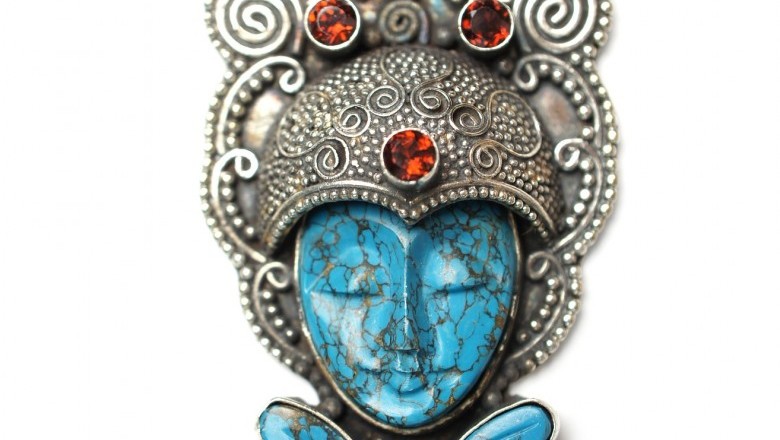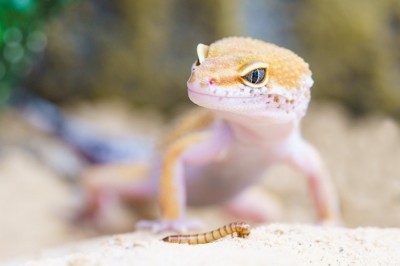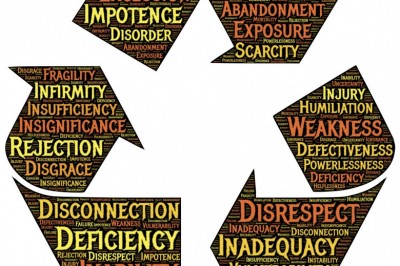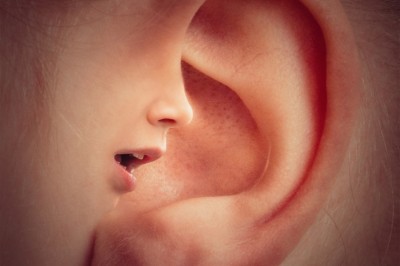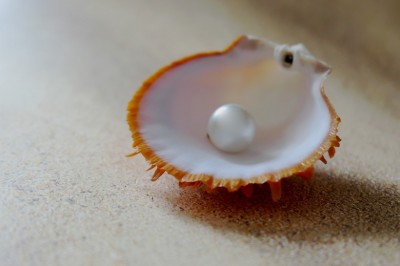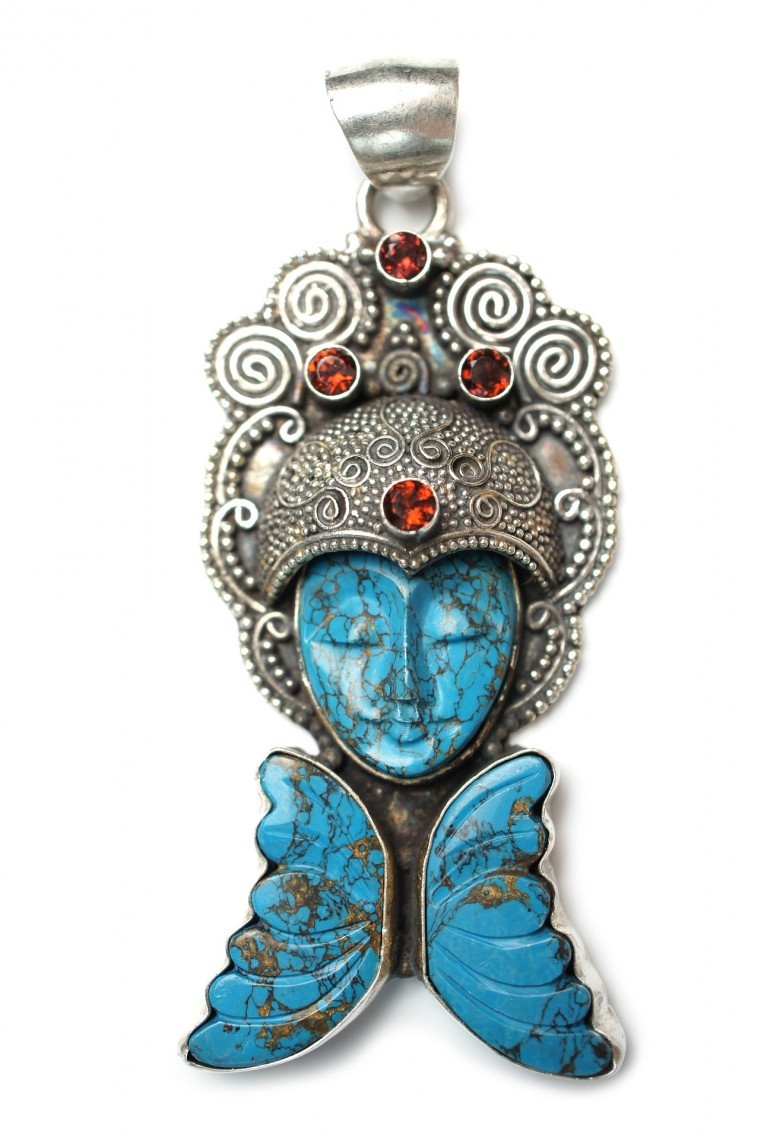
Tips on Identifying Fake Turquoise
Ever since its discovery some six thousand years ago, turquoise has been used to make
turquoise pendants, necklaces and bracelets. In fact, many claim that it is the most popular and valuable opaque gemstone in the market today. As with any other gemstone, demand for turquoise has risen and fallen over the years. It was a wildly popular stone in the 1960s and 1970s. Demand for turquoise fell in the 1980s, but has been on the upswing again over the last couple of decades or so. Turquoise today is mined in several arid and semi Arizona, Colorado, New Mexico, and Nevada are the major producers in the United States, with Arizona producing the best quality stones on a consistent basis. China, Peru, and some republics of Central Asia are other minor producers of this stone. Most of the turquoise mined in the world today is quite soft and porous, and cannot be used in jewelry without treatment. With the increase in demand for turquoise come legions of unscrupulous dealers who are willing to dupe the uninformed. This article provides a few hints in spotting fakes.
Seller Reputation. It is difficult for a novice buyer to identify fake turquoise. So one of the best safeguards is to buy turquoise from a seller with a good reputation for quality and honesty. This particularly important is you intend to spend hundreds of dollars on a piece of fine jewelry. On the other hand, if you are looking for spend twenty bucks to buy a pendant that looks good, perhaps this is not a critical issue for you.
Stabilized or Natural? Most turquoise must be stabilized before it can be used in jewelry. Stabilized turquoise is still considered to be genuine turquoise. However, if you are paying for natural, gem-quality turquoise - one that does is of high enough quality so that it does not need stabilization, then make sure that you are getting what you paid for. Again, your best bet would be to use a reputed seller. If the stone is stabilized using epoxy, under low to moderate magnification, an experienced gemologist can spot tiny globules of epoxy. On the other hand, if the stabilization is done using vaporized turquoise, then even an experienced gemologist will have difficulty in confirming the stabilization.
Fakes Fake turquoise has flooded the market in recent years. The fakes range from plastics to dyed howlite. Howlite is a form of calcite. It can be dyed to look very similar to turquoise. Pick an inconspicuous spot on the stone and drop a tiny droplet of hydrochloric acid on it. If it has an effervescent reaction, it is howlite and not turquoise. To check if you have a plastic fake, heat a pin and touch it to a spot that is not exposed. If the material melts, it is plastic.
There is another trick that you can use if you are buying a turquoise bead. You may wish to buy a bead to create your own jewelry, perhaps a pendant for your
white pearl necklace. In that case, look into the hole drilled in the bead. If the hole is white, you know you have a fake. And of course, never lose sight of common sense!



